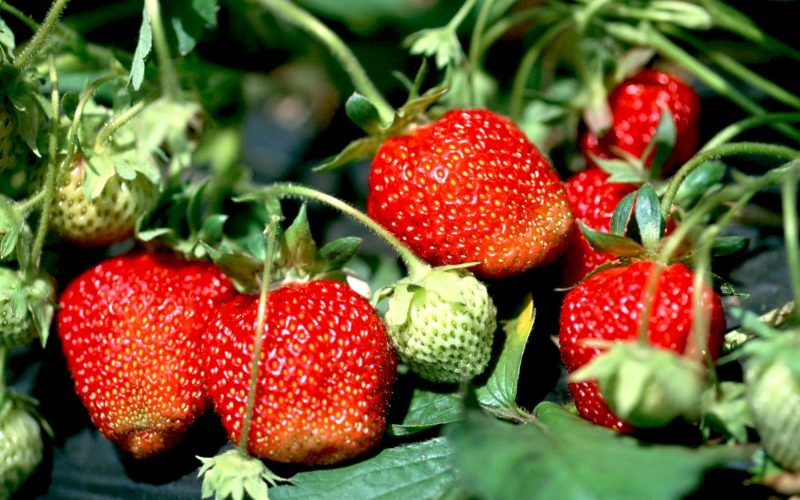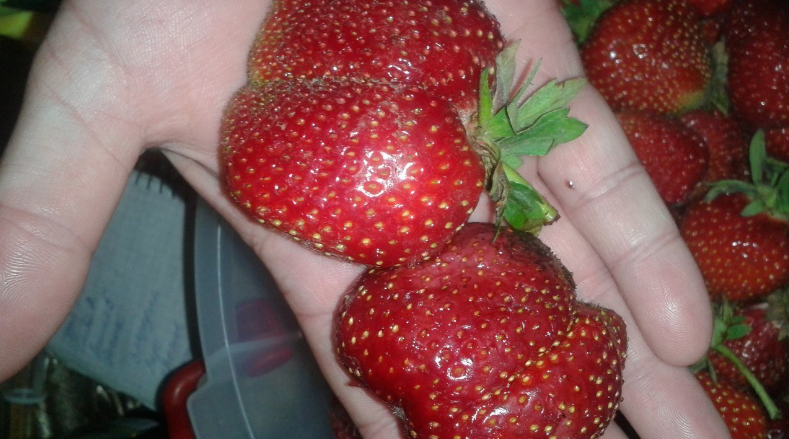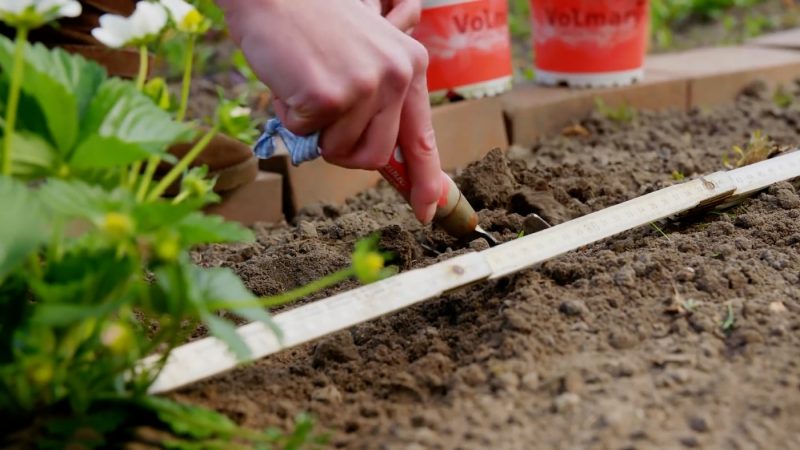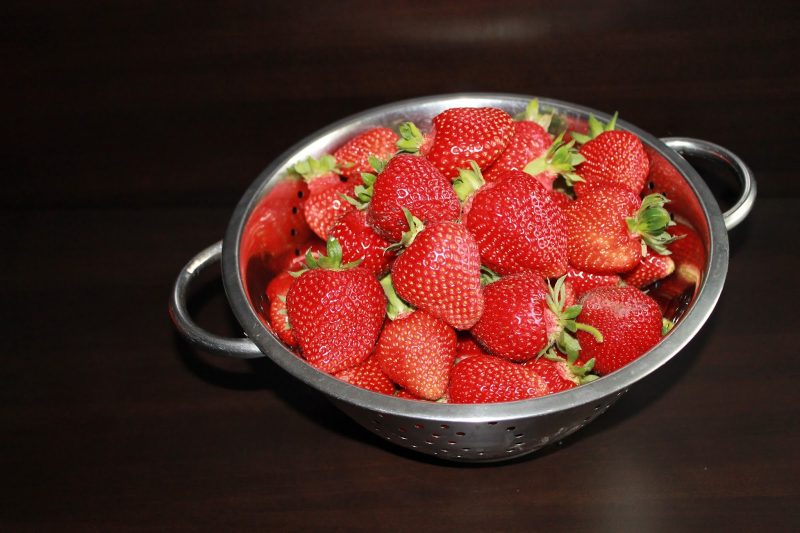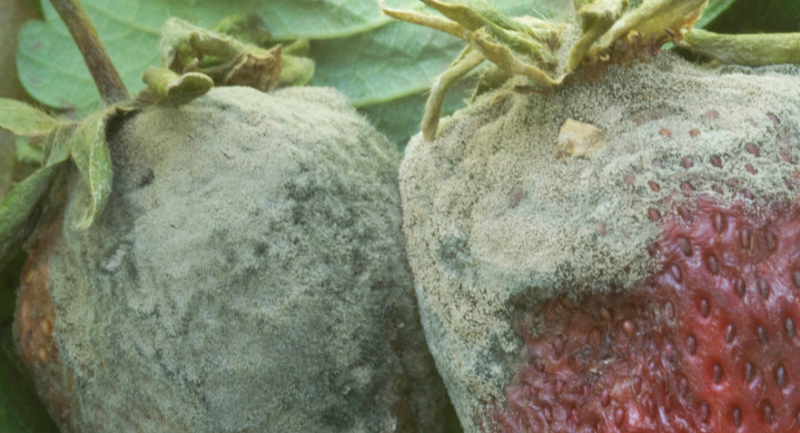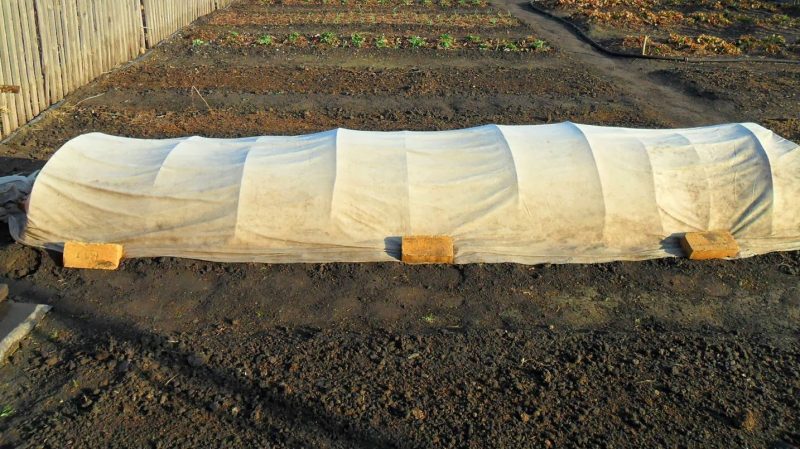Garden strawberries leave no one indifferent. One of the promising new varieties is Strawberry "Marmalade", the cultivation and care of which is not so difficult.
Material Content:
Grade description
Bred in Italy in 1989. Breeders crossed strawberries "Gorela" and "Holiday". "Marmolada" refers to large-fruited species and has very powerful bushes up to 40 cm high. It gives many shoots and peduncles.
The leaves of the rosettes are dark green in color and raised. Numerous inflorescences are directed upwards and also directed to the sky. It blooms very plentifully.
Advantages and disadvantages of strawberries "Marmalade"
This garden strawberry has many indisputable advantages. The variety is suitable for cultivation in climatic conditions of the middle strip, tolerates winter well.
Berries of "Marmalade" are admirable:
- up to 40 g weight;
- the correct classic "strawberry" form;
- spectacular bright red color;
- juicy and tasty;
- with a pronounced aroma.
“Marmalade” is winter-resistant, but requires shelter when the temperature drops below -15 ° C. In snowy winters, this garden strawberry can survive a cold snap to -30 ° C without damage.
And the variety tolerates drought well. However, he needs regular watering, as a lack of water will certainly affect fruiting.
The variety has an average ripening period, gives consistently high yields. From one outlet, gardeners collect up to 1 kg of berries per season, and this is an excellent result. It can bear fruit twice a year.
Despite the fact that the berries of "Marmalade" are very juicy, they have high rates of transportability. The fruits do not crumple even when stacked in boxes with layers up to 20 cm.
But this strawberry has its drawbacks, namely:
- with the onset of summer, the sugar content of the fruit decreases;
- with a thickened planting, the berries will begin to fade;
- the variety is susceptible to a disease such as spotting;
- due to lack of moisture, the fruits darken.
The variety is Mediterranean, but can still come to terms with the cold climate of the middle zone regions. In the northern corners of our country, "Marmalade" can not be grown, despite its winter hardiness.
When and how to plant in open ground
The first thing to do when deciding to grow this large-fruited variety of garden strawberries is to choose a site. The quality of the crop largely depends on this.
- Strawberry "Marmalade" prefers neutral reaction soil. If the soil is acidic, lime should be added before planting.
- Undesirable close occurrence of groundwater. If the region has a humid climate, the site is selected on a hill.
- It is not recommended to plant garden strawberries after nightshade (potatoes, tomatoes). The best predecessors are carrots, cucumbers, lettuce, and beets.
- "Marmalade" loves the sun, but can come to terms with light partial shade.
It is advisable to plant strawberries in late August. Over the winter, sockets will get stronger and will yield a good harvest next season. Planting strawberries "Marmalade" is not difficult. The bushes are planted in increments of 35 cm. They are powerful and require a lot of space. A minimum of 50 cm should be left between the rows.
In the area dug up in advance, the holes are marked according to the size of the roots of the outlets. Plants are lowered into the pits and sprinkled with earth, rammed and spilled abundantly.
Strawberries should not be planted too deep. It is necessary to ensure that the heart of the outlet is slightly higher than the soil level.
Therefore, on the next day, the plantings are inspected, and if there are deep-planted bushes, they are lifted. Too high sockets are sprinkled with earth.
After planting, the plants are mulched to reduce moisture evaporation and prevent weed growth. As mulching material, gardeners use peat, shredded tree bark, sawdust, mowed lawn grass. It is necessary to lay a layer of mulch with a minimum thickness of 5 cm.
Agrotechnics of cultivation and care
Strawberry care consists of timely watering, weeding, loosening of the soil and top dressing. Although the hybrid is unpretentious, you can not forget about it immediately after landing.
In the first season, young mustaches and flowers should be cut off from the young bushes. This is done so that the plant directs all forces to the growth of the root system. In the first year, strawberries should gain strength.
Throughout the summer season, the need for culture in water varies. It is advisable to use well-maintained and warm water for irrigation, otherwise gray rot may appear on the plants. It is enough to expose the container in the sun in the morning, and in the evening to water strawberries.
- In spring, for the first time, bushes are watered before flowering, spending about 12 liters per square plot.
- The second time watered more abundantly during the setting of buds, spending 25 liters per square of beds.
- In summer, in the heat of garden strawberries require watering after each collection of berries, the consumption rate is 10 liters per square.
- At the end of the season, the berry is watered weekly.
It is advisable to organize drip irrigation. This is the best method for strawberries. When using the drip system, moisture is supplied in small portions directly to the roots.
Necessarily a crop, in order to collect stably high yields, should be fed. But you can’t overfeed Marmalade, especially with nitrogen, since it has so much green mass.
- Immediately after wintering, the plantations are fertilized with a solution of manure with the addition of superphosphate and wood ash. You can use chicken manure, but it needs to be very much bred so as not to burn the roots.
- Before flowering, the beds are fertilized with urea, diluting 30 g of the substance in a bucket of water.
- Already during flowering, strawberries are fed with a solution of calcium nitrate, diluting 30 g of the drug in a bucket of water and spraying the bushes.
- At the end of the season, at the beginning of September, phosphorus and potassium fertilizing is necessary.They are scattered dry in the beds.
For the proper development of this culture requires regular weeding and loosening of the soil. The land is cultivated to a depth of about 10 - 12 cm, breaking large clods.
Every three years, the berry must be transplanted.
Protection against diseases and pests
Marmolada is susceptible to certain diseases. The plantation can also be chosen by parasitic insects. Although the hybrid is resistant to the worst disease of strawberries - verticillosis, still breeders could not protect it from pathogenic fungi.
- The berry is often struck by gray rot covering plaque parts of plants. To prevent the occurrence of this disease, the beds should be regularly weeded and weeds removed. At the first symptoms, all diseased parts of the bushes are cut off, and the planting is treated with a solution of any fungicide.
- Another strawberry affliction is white spotting. The symptom of the disease is brownish spots with a dark border on the leaves. You can cure diseased bushes by spraying with a solution of Bordeaux mixture. Also, once every two weeks of planting should be treated with drugs "Skor" or "Chorus".
- When attacking insect pests, the beds are sprayed with infusion of onions. This can be done from early spring for preventive purposes. If there are a lot of insects, the bushes are sprayed with "Fosbetsidom".
Tips for increasing yields
Plants consume nutrients from the soil and can spend them either on building green mass or on ripening fruits. To increase the fruiting of strawberries, you should remove the growing mustache throughout the season. This should be done regularly, not allowing their active growth.
It interferes with tying a large number of fruits and foliage. It is necessary to remove excess leaves, especially those that cover the berries from the sun. Do not be afraid that too many leaves will be removed - without prejudice to the outlet, you can trim a third of the green mass.
Preparation of strawberries "Marmalade" for the winter
Marmolada Onebor garden strawberries need shelter for the winter. But before the onset of cold weather, you should cut off all excess leaves and remove the mustache. Watering does not stop until the very first frost. The latter is usually carried out in October.
An important stage in the preparation of the berry for wintering is mulching. Be sure to mulch the bushes before the onset of cold weather. In winter, mulch will protect the roots from freezing, and in the summer it will protect from the scorching sun and overdrying.
- The easiest option is to mulch with fallen leaves about 7-10 cm. An ideal shelter is coniferous litter that does not get wet and holds heat well.
- If a spandbond is chosen as a covering material, then it is impossible to put it on the foliage, as this will lead to freezing of the bushes. Such materials on strawberry plantations are stacked only on arcs.
Mulch and cover strawberry plantations begin only after the first frost.
Growing a commercial variety of garden strawberries "Marmalade" is a real pleasure, because this berry will thank you for your attention and care with a record harvest of juicy and delicious berries.


